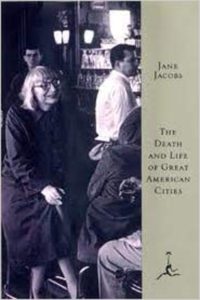COLUMN
THE VIEW FROM FLY CREEK
Do We Give More Than
We Take, And Does It Matter?
By ADRIAN KUZMINSKI • Special to www.AllOTSEGO.com

In my last column, I discussed “Sustainable Living” – one of the three principles of Sustainable Otsego. Today I want to consider the second principle, “Economic Independence.” I’ll take up the last principle, “Home Rule,” in a later column.
The phrase “economic independence” is bandied about these days by politicians and pundits alike. But what would real economic independence look like? How could we measure it?
The issue was clarified some years ago by the insightful economic and social critic, Jane Jacobs, in her influential book. “The Death and Life of Great American Cities.”
Her key idea is what she calls “import replacement.” Insofar as a community imports more goods and services than it exports, it runs what’s essentially a trade deficit. Money drains out faster than it pours in.
We usually think of trade deficits as a national issue, but they are in fact a good indicator of the economic health, or the lack thereof, of any community.
So let’s take Otsego County.
You have reached your limit of 3 free articles
To Continue Reading
Our hard-copy and online publications cover the news of Otsego County by putting the community back into the newspaper. We are funded entirely by advertising and subscriptions. With your support, we continue to offer local, independent reporting that is not influenced by commercial or political ties.

